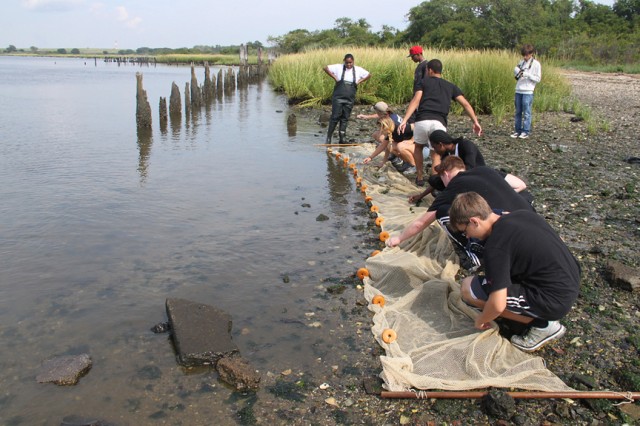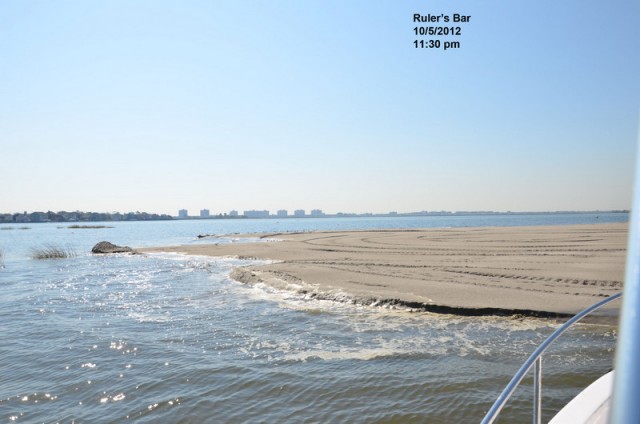
This May, hundreds of local volunteers will band together in an effort to save, restore, and protect the Jamaica Bay Salt Marsh. As the first community-led marsh restoration project in the National Parks Service, the Jamaica Bay Guardian Program and Restoration Corps–both run by the American Littoral Society–plan to organize and educate local youth volunteers and participants the necessary procedures and action towards marsh restoration.

Since 1924, it is estimated that nearly 1,400 acres of tidal salt marsh have been lost from the Jamaica Bay. Today, it is estimated that the marsh will continue to deteriorate at a shocking rate of 40 acres each year. As a result, marsh-dependent fish and wildlife populations continue to decline, while water quality decreases and flood risks on the mainland grow ever greater. Home to over 80 species of fin fish, as well as a popular resting and feeding place for over 330 species of migrating and native birds, these wetlands serve as an important habitat rich with nutrients. The loss of such a habitat would truly be detrimental to the ecosystems that are supported by it–humans included.
That is why the American Littoral Society has made saving and preserving the wetland a priority in the Jamaica Bay Marsh Restoration Initiative. Focusing on the badly degraded marsh islands, Rulers Bar and Black Wall, volunteers will partake in harvesting 250 lbs of spartina–a common coastal salt marsh cordgrass–that will be propagated into plugs and planted on over 30 acres of salt marsh. In addition to seed harvesting, participants will help to remove debris lining the marsh shoreline, as well as to remove and control any invasive species.
By restoring the salt marsh, the ALS is hopeful that the local wildlife will flourish once again within this habitat, and at the same time, reestablish a very necessary buffer system in defending the coastline from the increasing risk of hazardous tidal storm surges. If we have learned anything from Superstorm Sandy, our communities need to become more proactive in defending our coastlines and work toward ways to counteract climate change. The Jamaica Bay Marsh Restoration Initiative is, without a doubt, a great way to start.
For more information on the marsh restoration, visit the Jamaica Bay Marsh Restoration Initiative website. And if you are interested in participating in the marsh restoration this coming May, don’t forget to sign up as a volunteer!
Photos: Elizabeth Manclark